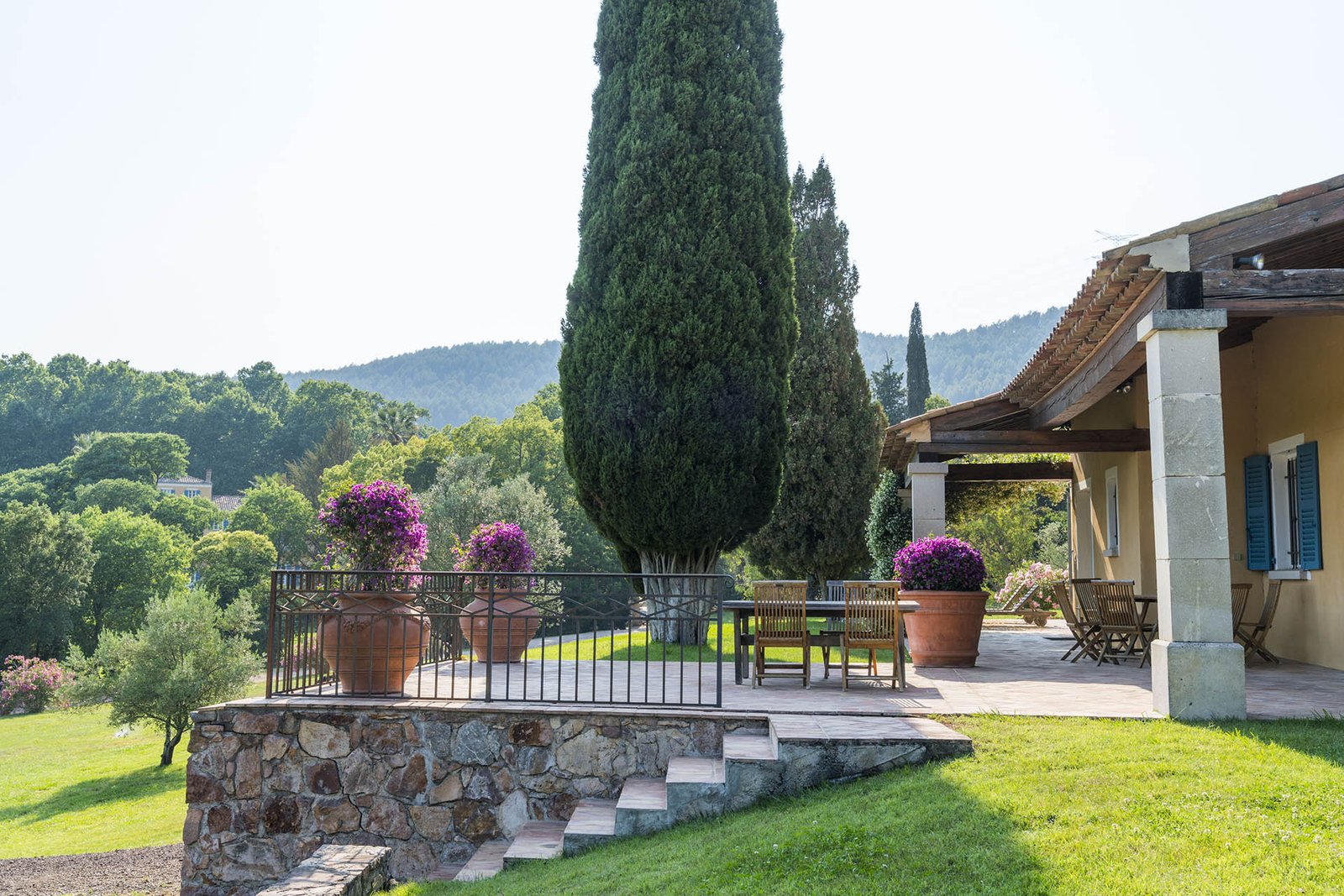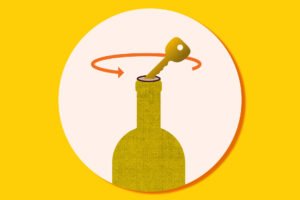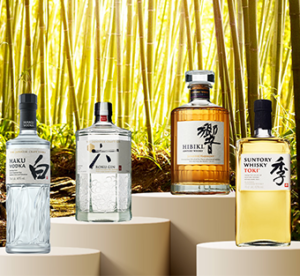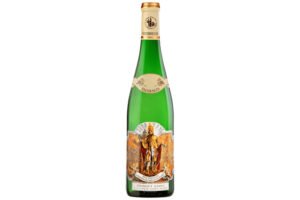With International Tourists and Investors, Provence Enters a New Era

[ad_1]
Launched in 2007, Château d’Esclans’ now ubiquitous Whispering Angel rosé set the tone for a new perception of Provence as a high-profile wine-producing region.
“When we arrived in 2006, the region was doing well because of the Riviera, but there was no quality in the wines,” says Château d’Esclans owner Sacha Lichine. “At the time, a lot of wine went to be made into distilled alcohol and vineyards weren’t really taken care of. Then, we developed something that was focused on quality.”
The growing reputation of Provençal rosé, coupled with the region’s glamorous image, attracted copious investments from celebrities, most notably Brad Pitt and Angelina Jolie, whose inaugural 2015 vintage of Miraval sold out within hours of release.

Global sales of Provençal rosé have since gone through the roof and Between 2012 and 2013, our exports started to increase almost exponentially,” says Brice Eymard, general director of the Conseil Interprofessionnel des Vins de Provence (CIVP). “Before, our market was essentially French… but the U.S. became our first big export market.”
The thriving international reputation of its signature variety, the wealth generated by sizeable investments and a flourishing enotourism industry are turning Provence into a pink Napa.
A New Wine Destination
In 2019, Provence’s Château Minuty renovated its cellar to include a new tasting room and a wine library. That same year, Provence Rosé Group’s Ultimate Provence brand launched its new estate curated by interior design firm Humbert & Poyet. The property has a hotel, restaurant, visitor center, wine terrace and cocktail lounge, and hosts a near-constant stream of music events.
They’re among many Provençal producers targeting long-haul wine tourism. According to Eymard, while the French Riviera has always attracted European travelers, demographics have changed as the reputation of Provençal wines, particularly rosé, has grown globally.
“We used to have lots of tourists from Europe, especially Germans, but now we are getting more visitors from big export countries such as the U.S. and Russia,” says Eymard.
The latest data from the French National Institute of Statistics and Economic Studies (2019) confirms that one in three foreign tourists in Provence now comes from outside of Europe, a significant shift from one in five in 2010. This share is led by travelers from the U.S., the top export market for Provençal wine, followed by Russia, where the region’s wines are also experiencing growth.
A Double-Edged Sword
As the global market for Provençal wine builds, the region attracts private investors, luxury firms and celebrities. Among others, these include LVMH, which has co-owned Château d’Esclans since 2019; Chanel; and billionaire entrepreneur Michel Reybier, owner of Cos d’Estournel in Saint-Estèphe, Jeeper Champagne and Chateau Imperial Tokaj, and George Clooney, who made a staggering $1 billion from the sale of his Casamigos tequila brand in 2017, now has his eyes set on Provence as well.
While such an interest has benefitted the region with an influx of wealth and an elevated international profile, the amount of capital being poured into Provence wine country concerns some small producers.
“Of course, small vignerons are happy because they can export more,” says Eymard, “but it’s also creating an issue with the value of their estates.”
In Provence, one hectare of vineyard land now costs between $60,000 and $120,000, Eymard says, as opposed to $35,000–$60,000 five years ago. That’s not yet at the levels seen in Burgundy or Châteauneuf-du-Pape, “where it would cost you $700,000 to $1,200,000 per hectare,” he explains. However, while vineyards are still affordable where the transaction involves no buildings, Eymard says that their value can skyrocket to millions of Euros if they come with an estate.
Inheritance tax tariffs are calculated on the property’s current value, he adds, so some winemaking families who operate expensive estates won’t be able to pass them on to their children. This could lead to considerable consolidation in the region.
“I think Provence is still extremely young as a region, but I see it as becoming more branded,” says Lichine. “It will resemble more Champagne than Burgundy or Bordeaux, driven by just a handful of brands.”
[ad_2]






